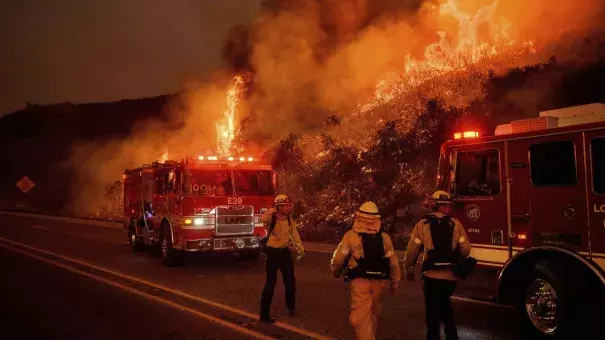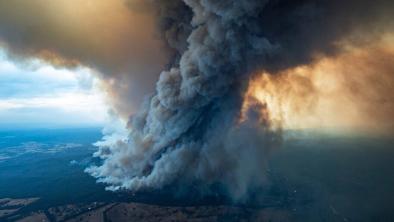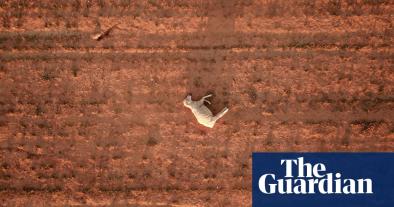Wildfires are getting worse, and so is the deadly smoke they bring with them

Signals Summary: Climate change has increased the risk of wildfires through warmer temperatures and drier conditions, and this trend is strongly evident in California.
Article Excerpt: As changing weather patterns driven by global warming have extended California’s wildfire season and increased the intensity and size of the infernos burning across the state, residents who don’t take precautions do so at their own peril. New research is revealing the lasting effects of exposure to the tiny particulate matter in smoke — which includes soot, dust, and even lead that fires might be re-releasing into the atmosphere.
According to Emily Williams, a Ph.D. candidate at the University of California, Santa Barbara, who specializes in climate science, social science, policy and the law, the climate change effects that California has experienced so far are just the tip of what’s to come. She’s compiled a fact sheet with Leah Stokes, a UCSB political science professor, to help citizens and the news media connect the dots between climate change and wildfires. The statistics they quote are eye-opening: Researchers found, for example, that in the American West, “climate change has increased the risk of fire weather fivefold and has doubled how much land has burned.”
“If you look at projections, with the rate that we’re going, these fires are peanuts,” Williams said. “They’re nothing compared to the sort of infernos that we can have.”
That increase in wildfires is concerning for Mary Prunicki, an asthma researcher at Stanford University who is studying the long-term health effects of wildfire pollution on people in the Bay Area. Earlier this year, Prunicki and her colleague Kari Nadeau released the findings from a study examining the health impact of pollutants from wildfires versus controlled fires. Their findings suggest that wildfires are more detrimental to human health than controlled fires, which are planned and purposely set under certain weather conditions to help maintain the health of forests.
...
A decade ago, University of California, Santa Cruz Professor Russell Flegal, who specializes in environmental toxicology, and his graduate student Kingsley Odigie, were the first to confirm that fires were reintroducing lead into the atmosphere.
...
When it comes to lead exposure, those most at risk are children because of the neurotoxic effects the metal has on the developing brain. But research has shown that a wider swath of the population is also vulnerable, Flegal noted, including women of child-bearing age and older people whose bones are losing calcium due to osteoporosis.
...
Shielding the public from the pollutants released during wildfires can be challenging, especially when it comes to protecting populations who work outdoors — one of the groups most at risk for breathing wildfire smoke.
Related Content






